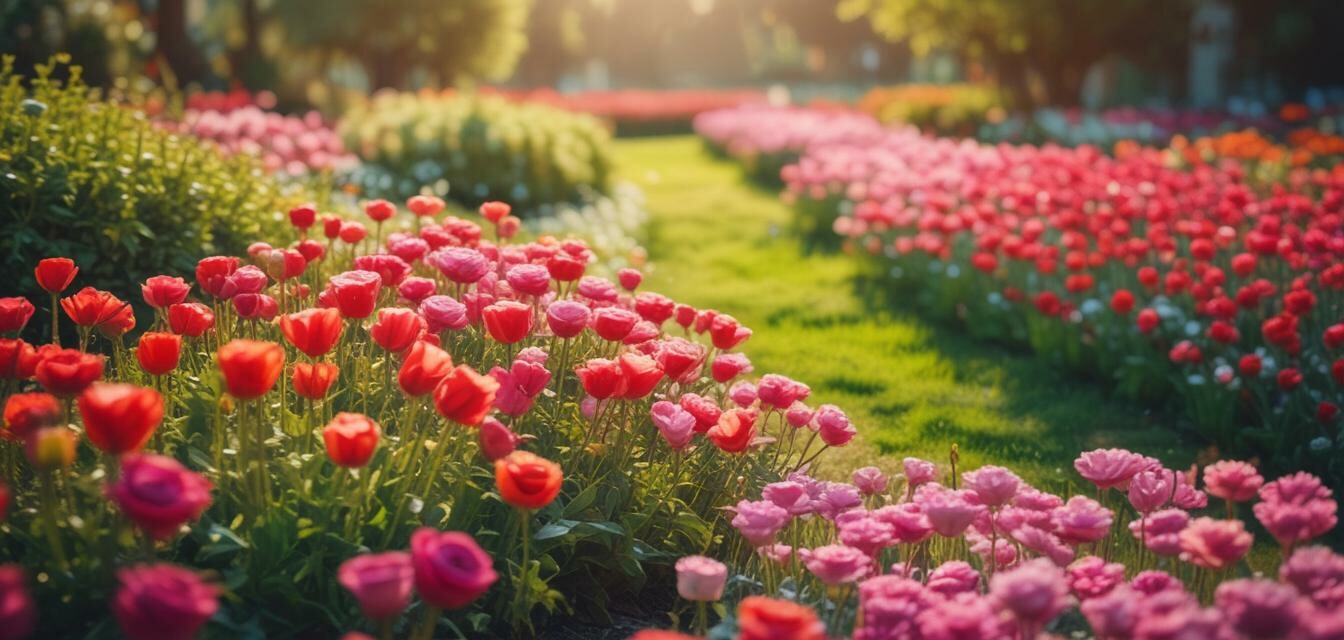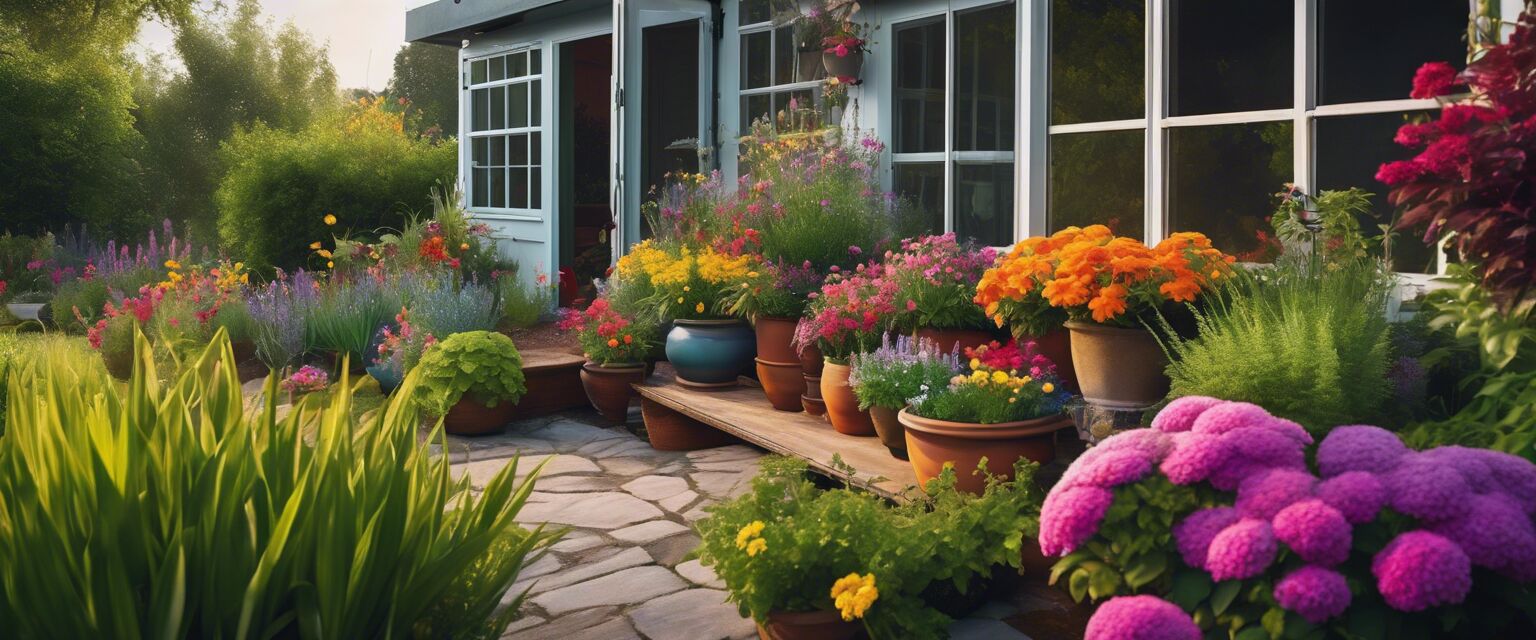
Indoor Gardening
Key Takeaways
- Indoor gardening offers numerous benefits including improved air quality and aesthetics.
- Essential tools include pots, soil, grow lights, and watering equipment.
- Different techniques such as hydroponics and soil gardening can be used effectively indoors.
- Choosing the right plants is crucial based on light and humidity levels in your home.
Indoor gardening is a fulfilling hobby that allows you to bring a touch of nature into your living space. Whether you want to cultivate beautiful houseplants or grow fresh herbs and vegetables, understanding the techniques and tools required can set you on the right path. This guide will walk you through essential tips, tools, and methods for flourishing indoor gardens.
Benefits of indoor gardening
- Improved air quality: Plants can help filter toxins and produce oxygen.
- Stress relief: Gardening can be a relaxing and rewarding activity.
- Accessibility: Indoor gardening allows you to grow plants regardless of outdoor space.
- Aesthetic appeal: Houseplants can enhance the beauty of your home.
Essential tools for indoor gardening
| Tool | Description |
|---|---|
| Containers | Use pots or planters that allow for drainage and provide enough space for roots. |
| Soil | Choose potting mix that is well-draining and suitable for indoor plants. |
| Grow lights | Supplement natural light with grow lights if your space lacks sufficient sunlight. |
| Watering equipment | Use watering cans or self-watering systems for efficient hydration. |
| Fertilizers | Provide essential nutrients through liquid or slow-release fertilizers. |

Popular indoor gardening techniques
1. Soil gardening
This method involves planting directly into soil-filled containers. It's the most common approach for houseplants and is ideal for those who enjoy traditional gardening methods.
2. Hydroponics
Hydroponics is a soilless gardening technique that uses nutrient-rich water. It can be a space-saving option and allows for faster plant growth.
3. Aeroponics
Aeroponics involves suspending plants in air and misting their roots with a nutrient solution. This technique maximizes oxygen exposure and can yield impressive results.
4. Vertical gardening
Vertical gardening is a great way to save space and create a stunning visual display. Wall-mounted planters or stacked pots can be used to grow a variety of plants.
Choosing the right plants
Not all plants thrive indoors, so selecting the right ones is crucial. Here are some popular options:
- Houseplants: Spider plants, snake plants, and pothos are low-maintenance and suitable for beginners.
- Herbs: Basil, mint, and rosemary grow well indoors and can enhance your cooking.
- Vegetables: Lettuce, spinach, and cherry tomatoes can be grown in pots with adequate sunlight.

Care tips for indoor plants
Beginners Section
- Ensure proper drainage to prevent root rot.
- Monitor light levels and rotate plants for even growth.
- Water according to the needs of each plant; overwatering is a common mistake.
- Check for pests regularly and take necessary actions if needed.
- Fertilize during the growing season for optimal health.
Common indoor gardening challenges
- Insufficient light: Use grow lights to supplement natural light if needed.
- Overwatering: Always check the soil's moisture before watering.
- Pest infestations: Use organic pest control methods to protect your plants.
- Temperature fluctuations: Keep plants away from drafts and heating vents.
Pros
- Enhances air quality
- Beautifies living spaces
- Offers fresh produce at home
- Can be done year-round
Cons
- Requires investment in tools and supplies
- Can be challenging to maintain ideal conditions
- Some plants may not thrive indoors
- Pest management may be needed
Conclusion
Indoor gardening is a rewarding and enriching experience. By understanding the necessary tools, techniques, and plant choices, you can create a thriving indoor garden that brings joy and beauty into your home. Whether you're a novice or an experienced gardener, there's always something new to learn and explore in the world of indoor gardening.








